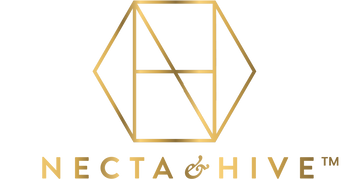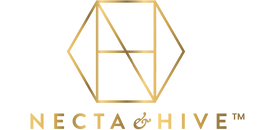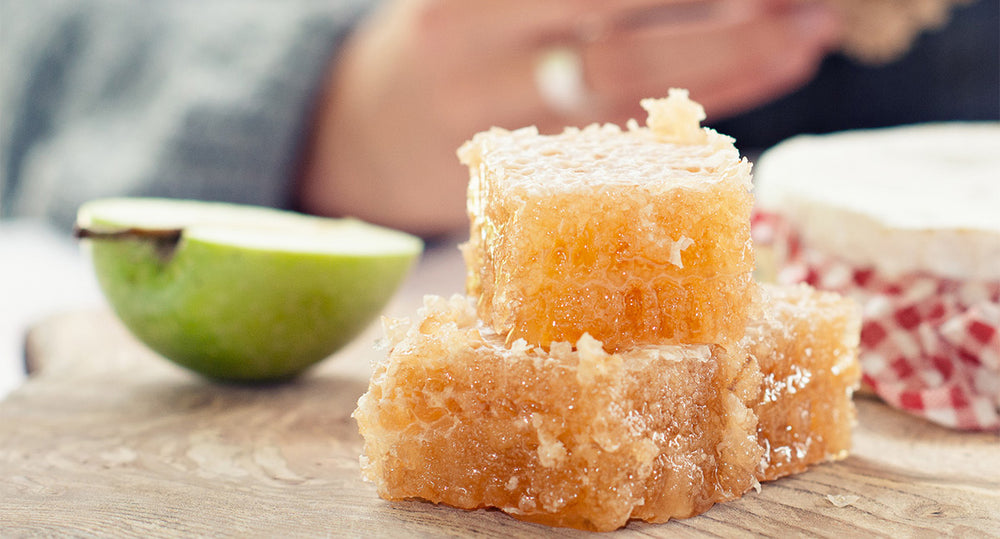What is Honeycomb?
All of us know what honey is – the deliciously sweet, sticky, golden substance produced by bees that tastes amazing on toast. But do you know what honeycomb is, and do you know if you can eat it or not?
In this instalment of our Bee Mini Series, we’re going to take a closer look at the hexagonal spectacle that is honeycomb.
What is Honeycomb, How is it Made, and Can We Eat It?!
Let’s take the last question first – can we eat honeycomb? Yes! Honeycomb is perfectly edible and is rich in carbohydrates and antioxidants. It’s sweet and chewy, and makes a great alternative to processed, sugary treats if you have a sweet tooth or a sugar craving. (Try some Necta & Hive Marri Wild Honey with Honeycomb, it’s delicious!)
But what exactly is honeycomb, and how is it made?
Honeycomb is a completely natural product, made by bees from beeswax, that hive bees use to store the honey they produce. The shape of each cell is a hexagon, which bees worked out thousands of years ago, is the best shape to tessellate, or fit together, to maximise storage and productivity.
Young worker bees produce small flakes of beeswax from glands situated inside their abdomens. The wax is then chewed by other worker bees to soften it and is then formed into circular cells. Incredibly, the action of the vibration of the bees creates heat, which then holds the cells together, and hexagonal shapes are created, which then stick to a “scaffold” produced by bees as they cool down.
These six-sided cells are then used to store honey as well as to nurse and protect young bees as they grow from small grubs to young, fully formed young adult bees.
Honeycomb sold as edible isn’t processed and, as such, contains raw honey, which still has all its beneficial enzymes and nutrients intact. So next time you fancy a sweet, chewy treat, reach for some honeycomb and consume health-giving nutrients, rather than simply sugar!






